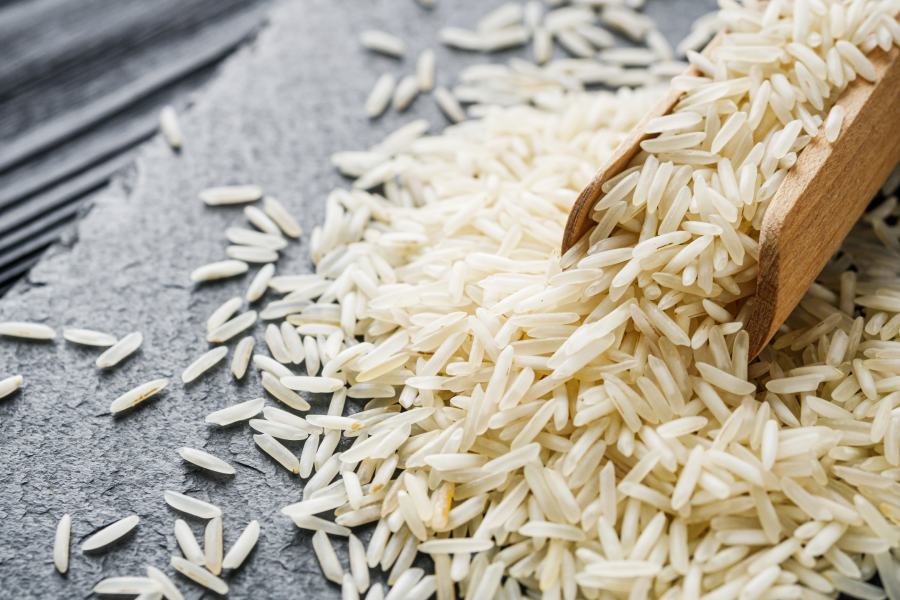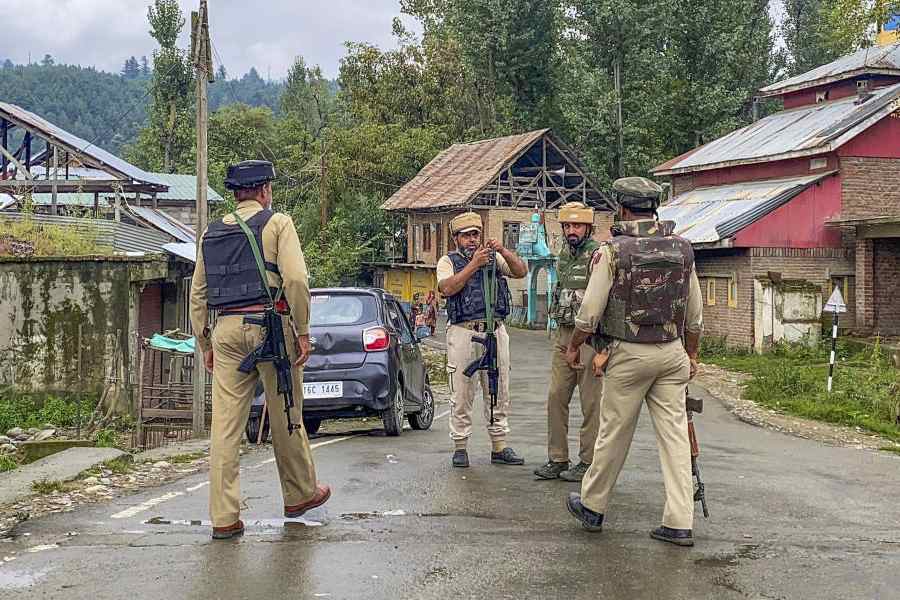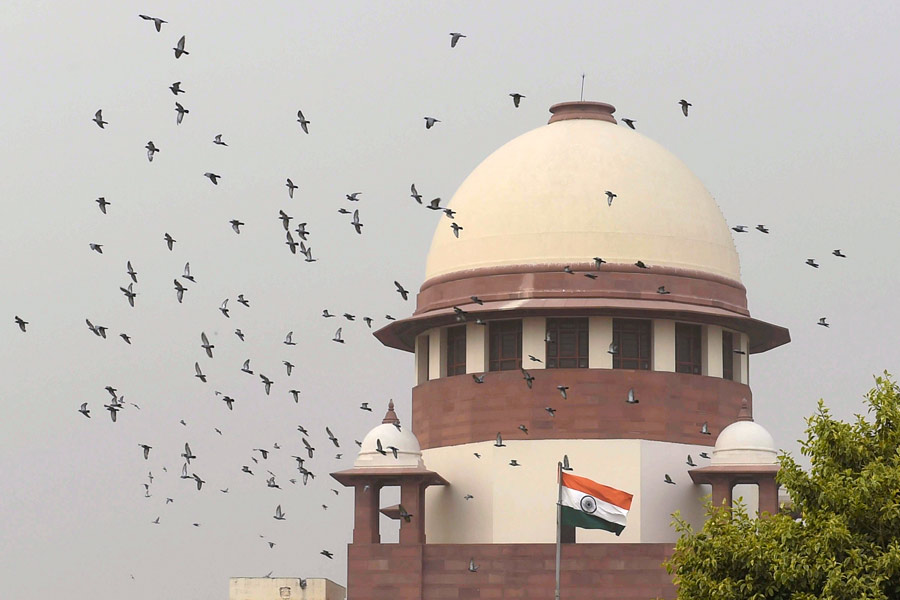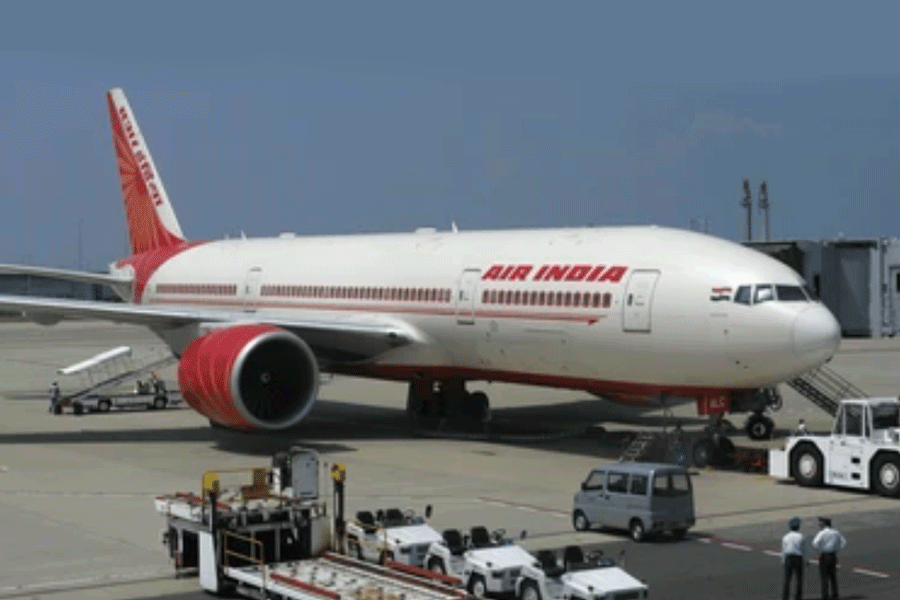 |
You look up Monier Williams. Even he is not sure about the etymological root of the nomenclature, Dilip, and would only offer the cryptic comment, “probably protector of Delhi”. I have sought enlightenment from several of my historian friends on the epoch King Dilip reigned over the expanse of territory he protected; few of them were particularly helpful, and for obvious reasons. The terrain in and around what now constitutes Delhi has witnessed upheavals like invasions and other incursions millennium after millennium, each new upheaval has involved the disappearance of settlements and their substitution by new ones, or at least transformation in their character. It is both a challenge for chroniclers as well as archaeologists to unravel these layers of past reality.
An imposing building has been in existence for the last four decades or thereabouts on Kasturba Gandhi Road in New Delhi, barely a stone’s throw from the India Gate. It passes as a hostelry under the charge of the ministry of external affairs, and offers the ministry’s officers in transit, or those waiting for regular allotments of quarters in the national capital, temporary accommodation; it is now a well-known landmark in New Delhi.
However, this structure, too, is built on a ruin. In the 1950s, Kasturba Gandhi Road was still Curzon Road and the tract on which the external affairs hostelry is built had an array of neatly arranged hutments known as the Constitution House. There is a history, though, even to this history. World War II was on, Japanese forces had walked over almost the entire stretch of Southeast Asia, retreating British troops were brought over to India; they were soon to be joined by American troops following the decision of the United States to enter the war on the side of the so called Allied Powers. Like the other major cities in the country, Delhi too was overwhelmed by military presence. Although the headquarters of the Allied Southeast-Asia Command were in Sri Lanka, India was the biggest country in the region; its viceroy as well as the commander-in-chief of the army both operated from New Delhi. Naturally, scores of senior and middle-grade officers belonging to the different services of the Allied Powers were either based in or constantly visited the Indian capital, where they needed residential accommodation. It was an emergency situation. In the course of a couple of months, a large land mass abutting Curzon Road, less than a quarter of a mile away from the India Gate, was marked out, a cluster of comfortable one-and-two-room apartments with attached baths, got built on the site. After the war, the distinguished-looking army officers’ barracks on Curzon Road wore a deserted look.
Nature supposedly abhors a vacuum: so it came about. An independent nation needed a Constitution of its own. A Constituent Assembly, chosen by the then functioning Central and state legislatures, were set up to prepare a written Constitution. This is no child’s play; it calls for study, discussion and deliberation. Necessarily, the Constituent Assembly had to meet at regular intervals; members of its various committees needed to meet in between the assembly’s sessions. Providing housing for them in the national capital was a major headache. The army officers’ barracks on Curzon Road were an answer to the prayer. The military barracks were, for a period of roughly a little more than two years, that is, till November 1949, when the Constitution was ready for promulgation, the principal residual quarters for members of the Constituent Assembly. Members of the Constituent Assembly dispersed once its task ended, the Constitution House nonetheless did not come to a surcease.
Many members of the Central Assembly, to which the interim Union cabinet owed allegiance, either by preference or because of the government’s inability to provide them suitable quarters, continued to live in the Constituent House in the flats allotted to them. A select number of civil servants from the various ministries, awaiting allotment of permanent quarters, were offered a temporary abode in this prestigious place. Its location, fairly close to the North and the South Blocks and the complex of office buildings around them, was a major advantage.
Residents at the Constitution House could invite guests at meals, and many did. The country had just become independent, politicians congregating in New Delhi — and often ensconced in the Constitution House had, most of them, an impressive record of suffering and sacrifice to ensure the nation’s freedom, they carried weight and were objects of reverence; many of the guests they would invite to join at dinner had equally distinguished credentials. There was a sense of dignity and self-assurance in the dining room. A quantum of egotism here and there was not missing either. India was championing in international fora the cause of the Afro-Asian nations ravaged by colonial exploitation. Jawaharlal Nehru, the prime minister, was not only a towering political personality, he was a best-selling author as well, and the halo of his fame made New Delhi shine with an extra bit of glitter. More bluntly, it was possible to discern a bit of cockiness in New Delhi’s milieu, which affected the environs of the Constitution House too. Its heydays were the Fifties, particularly following the first general elections and the convening of the new Parliament. The rooms were pleasant to live in, bordering on the luxurious side, arrangements in the hostelry were excellent, almost every detail was attended to with care. The meals were neither extravagant nor particularly exotic, but were both tasty and ample.
In short, the Constitution House had an ‘atmosphere’, which was in large part on account of the breezy confidence that the country’s elite groups felt at that hour. Dropping in at the Constitution House dining room on any week-day evening was quite an experience. Civilization meshed with quasi-casual informality. Fifteen to twenty tables, arranged in neat order, could cater to around a hundred persons at a time. That was quite adequate, with no crowding even at the peak hour of the evening. The assorted civil servants kept to their anonymous corners, otherwise the dinner hours had a sparkle of their own. Most of the residents as well as their guests were famous people, or were bound to be so in the not-too-distant future. Ammu Swaminathan’s table was always crowded. There were few women in the first Lok Sabha. She towered over all of them and in not so rare moments put to shade even her male colleagues in Parliament by her easy eloquence. Although he stopped short of taking her into his cabinet, Nehru had immense regard and affection for her; this fact was no secret. Other things apart, she was the mother of both Lakshmi Sehgal (already a celebrity because of her stewardship of the women’s brigade in the Indian National Army) and the soon-to-be-famous danseuse, Mrinalini Sarabhai. Ammu Swaminathan loved the rich repertory of both her saris and her jewels, and would invariably wear them with pride and grace. After dinner time was over, she would often guide her admiring guests to the green, smooth lawns of the Constitution House to continue the session of good gossip combined with weighty political discussion. She had time for any and everybody; her only bête noire was the Left. Such an irony that the daughter she used to take so much pride in, Lakshmi, chose to veer towards the Left and ended up with the CPI(M) while her mother was still alive.
In an almost adjacent table, Hari Vishnu Kamath would ignore all this din. He had left the ‘heaven-born’ Indian Civil Service to join Subhash Chandra Bose’s Forward Bloc, to which he remained fiercely loyal through thick and thin. He was a member of both the Constituent Assembly and the first Lok Sabha. On rare occasions, he would have a dinner guest, either the comrade of a politician or a writer of repute, but most evenings he sat in solitary splendour, reading a book or report, those passing his table would have a temporary feeling of awe mixed with reverence.
Kamath’s dignified quiet would neither deter nor even marginally affect the high-pitched debate being indulged in at a near-by table occupied by Joachim Alva, the formidable Congress spokesman from Mangalore and father-in-law of the present-day Congress leader now in uncertain hibernation in Himachal Pradesh or somewhere, Margaret Alva. He was friendly but always combative, to the point of butting in on a seemingly controversial issue being discussed in a table close by.
Another cynosure of attraction was the table presided over by the still relatively young socialist lawyer, Nath Bapu Pai, elected for successive terms with a handsome majority from Ratnagiri district in what is now Maharashtra, where the socialists had for long a strong base. He had an ebullient presence, was a fluent speaker, urbane, but sometimes tending to play to the gallery. He had, not surprisingly, an ardent set of admirers, and the servers at his table had a busy time.
A jolly figure, at one time of legendary repute, Raja Mahendra Pratap, would come every now and then and stay at the Constitution House. Despite his impeccable aristocratic background, he was an instinctive anti-imperialist and was known to provide funds and other kinds of assistance to armed revolutionary groups during the British days. He had no pretence about him and would have a kind word for each and every body.
No communist parliamentarian was to be found residing in the Constitution House; the party’s MPs usually lived together in their communes. One, however, remembers occasions when Harindranath Chattopadhyay would be there as somebody’s guest (picture). He used to sit with the communist group in the Lok Sabha; he had been elected from Telengana, then a very strong communist base. The evenings Harindranath Chattopadhyay was there, the dining hall had a taste of hilarious anarchy. While the host was rooted at his table, Harindranath would romp around; he had friends or acquaintances in every nook and, for them, his suddenly being there was a huge bonus. Some of the permanent residents would gawk bewilderingly as, at someone’s request, Harindranath would break into a song, his voice lush, rich and throaty.
Contrasts however were not lacking. Kapila Vatsayan, still young and extraordinarily graceful, sitting in a remote corner with a manuscript on her lap, now and then visited by equally young members of the academia, would watch the proceedings with a detached and amused tolerance. And at another quiet corner, Professor Abdul Majid, a member of the Rajya Sabha, would eat a silent, frugal meal. A devout Congressman, he stayed back while almost all his relatives migrated to Pakistan. He was president of the Haryana Congress Committee for long years. A thin, short man, a short white beard on his chin, he would usually dine all by himself, the noise reverberating across the dining room would not disturb him. On one or two rare occasions, a young fellow, a functionary in the Pakistan High Commission, would join him at dinner; he was Professor Majid’s nephew, his only sister’s son.
Age caught up with the barracks the British had hastily put up for their service officers during the war. These could not last for ever. Cracks in the structure grew in intensity and frequency, plumbing would often break down, the cost of maintenance rose and rose. The decision was taken in the early 1960s to pull the barracks down. Since nature abhors a vacuum, the ministry of external affairs hostelry found its location.
My last, but abiding, memory of Constitution House has a touch of the tragicomic. Our friend, Ammu Krishnaswamy, used to drive a Czech-built Skoda. On a seeringly hot early afternoon in the month of May, Ammu parked her car on Curzon Road at the entrance of the Constitution House and went inside to keep a lunch date. Sweet, dear, extraordinarily innocent Ammu was altogether unaware of the fact that to keep her car in good humour, its radiator had to be filled with water every now and then. That May afternoon, apparently peacefully parked on the roadside, the radiator exploded and the Skoda burned all over. I still can vividly recollect the sight of Curzon Road being aflame and a wailing Ammu, amidst the curious crowd, watching its last rites from a safe distance.
The Constitution House was not burnt down in the manner of the Skoda. It was pulled down in the cause of history; history destroys in order to build.










